 Irish traditions run deep, especially when it comes to burying a loved one. This culture prides itself on keeping true to spiritual and religious beliefs, especially during difficult times. Traditional Irish funerals have their origins with the Celts who believed that when an individual died, he or she moves onto a better place, so it’s a time to celebrate not mourn.
Irish traditions run deep, especially when it comes to burying a loved one. This culture prides itself on keeping true to spiritual and religious beliefs, especially during difficult times. Traditional Irish funerals have their origins with the Celts who believed that when an individual died, he or she moves onto a better place, so it’s a time to celebrate not mourn.
The Irish Wake
The funeral process starts with an Irish wake, normally held in the home (known as a wake house) of the deceased person or a close relative. The parlor or a bedroom is used for viewing.
Family members will open a window in the room to allow the dead person’s spirit to leave. Nothing or no one should block the window, which remains open for two hours. The body is washed, groomed and dressed in white clothing, and a rosary is placed in the deceased person’s hands. Depending on the religion, a cross may be worn around the neck.
Lit candles are placed at the head and foot of the casket and remain there as long as the loved one was still in the house. The clocks are stopped and set to the time the person died, and all mirrors are covered. In earlier days, women would be “keening” (wailing or mourning) over the body.
Friends and family members congregate at the house to talk about, share or just mourn the person who died. An Irish wake typically lasts a few days to allow those traveling to pay their respects.
The Irish Funeral Procession
Once the last visitor leaves the wake, the funeral procession commences. Six male pallbearers carry the coffin to the church or assist it in a hearse. The funeral Mass typically lasts for about an hour and includes the priest and family members delivering eulogies and speaking kind words about the deceased person. The casket is then carried to the cemetery by the pallbearers.
Legend has it that the tradition of holding Irish wakes in a person’s home originated because of the frequent lead poisoning inflicted upon drinkers who enjoyed stout from pewter mugs. Their catatonic state resembled death, and others needed to sit by and watch for them to awaken.
Cremation has become more popular than burials in todays culture and the Catholic Church approves cremation for practicing Catholics with a few caveats.
The Celtic cross and shamrocks are popular themes for urns and jewelry with many of the families we serve. Emerald green is often the color of choice and most urns can be personalized and ready to deliver in time for the memorial service.
Have questions, or need help? Please reach out.
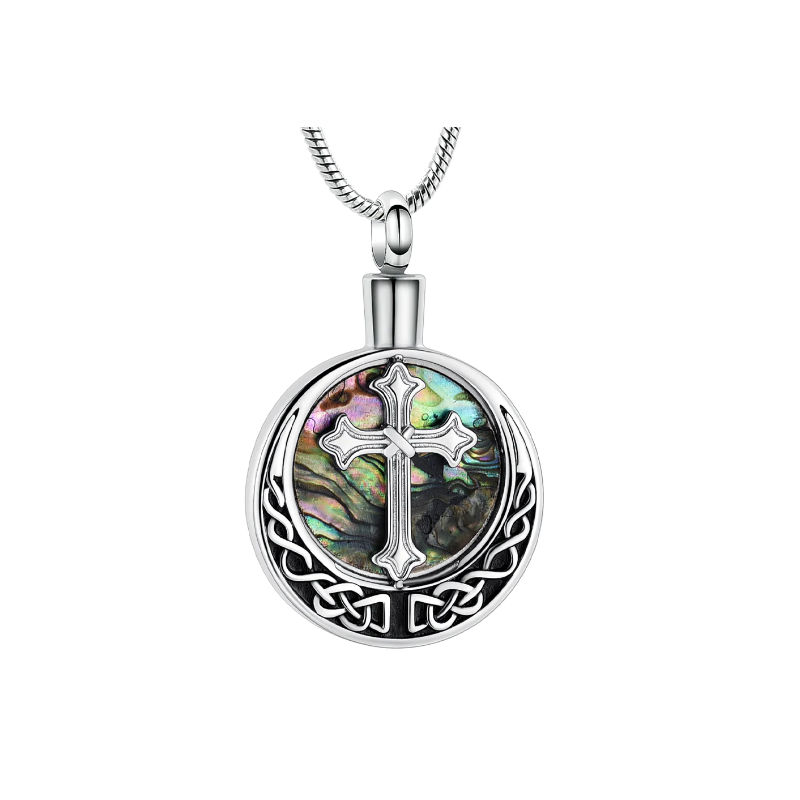
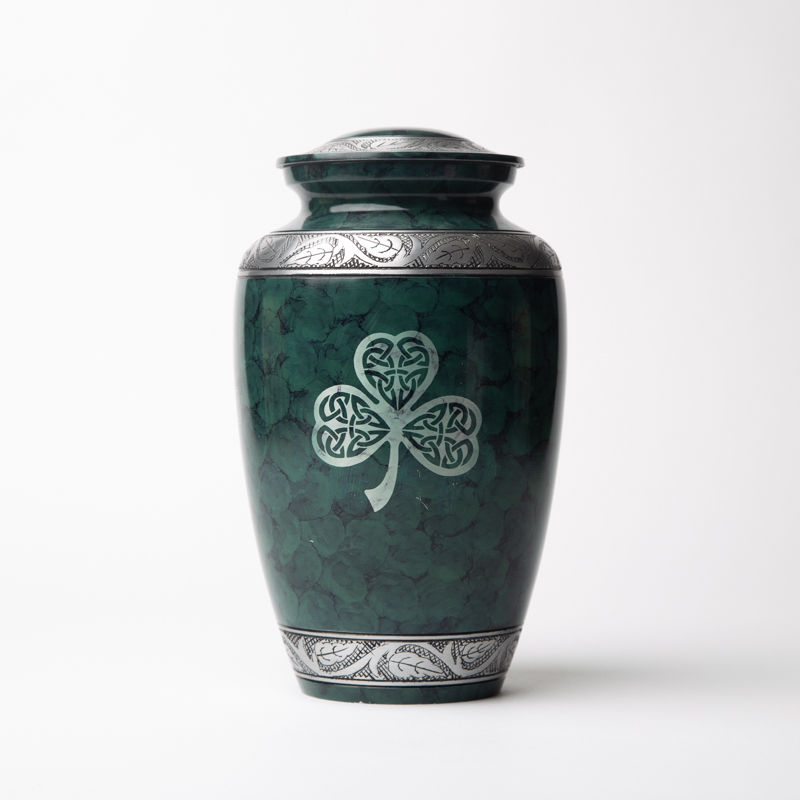

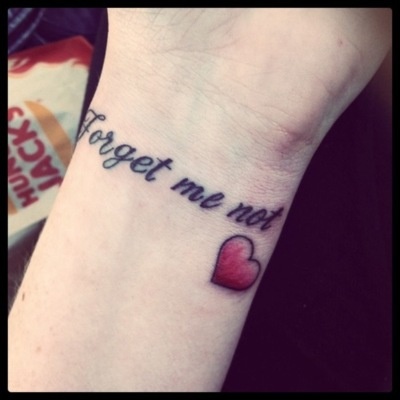

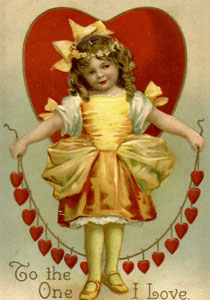
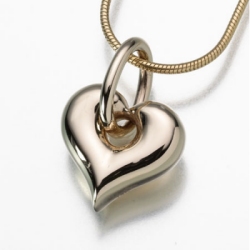
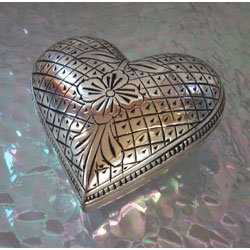
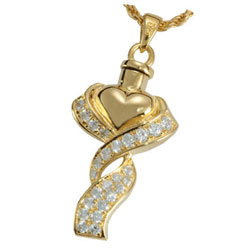 A sweetheart urn is common for a spouse to buy when a husband or wife dies or a parent when his or her child passes away. Both give an individual comfort and the feeling of security by being able to carry a small part of his or her loved one in times of grief and loss. Sweetheart urns afford this opportunity with dignity, grace and style.
A sweetheart urn is common for a spouse to buy when a husband or wife dies or a parent when his or her child passes away. Both give an individual comfort and the feeling of security by being able to carry a small part of his or her loved one in times of grief and loss. Sweetheart urns afford this opportunity with dignity, grace and style.


